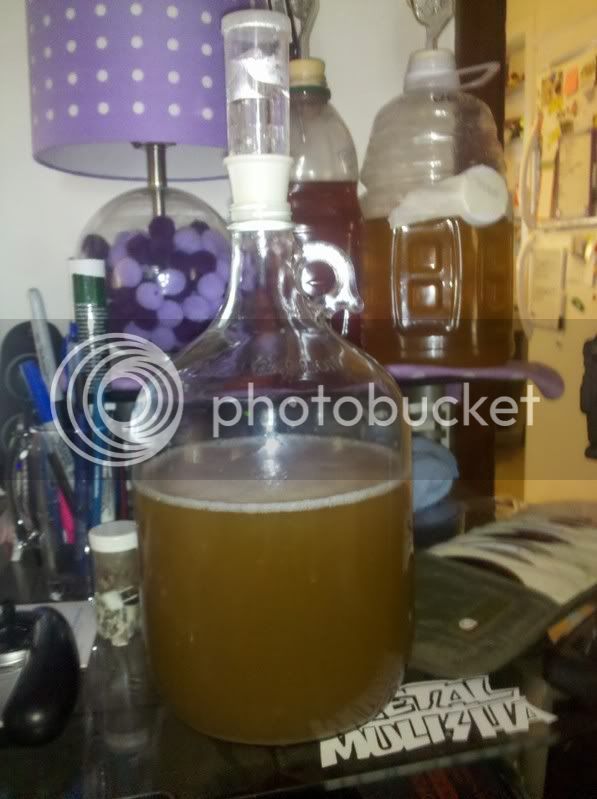maskednegator
Well-Known Member
Revvy, that's not at all accurate. Saying that the pressure in the headspace is going to peak before the gas goes into solution is wrong, wrong, wrong. In the experiment you're linking, the pressure fell after it went into the fridge due to well-understood laws of thermodynamics. The temperature of the system fell, thus the partial pressures of the gasses present fell.*slams head against the wall*
I don't read his letter as saying it can be used to carb beer up, I read it as saying it can hold 2.4 volumes of carbonated beer. That has nothing to do with the amount of pressure created during carbonation.
I think he danced around actually answering your question actually. He didn't come out unequvicably yes. He ONLY told you how many Volumes the growler is rated for.
Hand filled at the bar tap means the beer was already carbed at the time it was put it the growler.
Carbed beer and carbonating beer are 2 seperate things, I don't get why people can't grasp that simple fact.
To carb a beer whether or not is is done naturally or with co2 you are forcing the gas into the solution. The pressure builds up, then there's a point where either the bottle fails or the co2, seeking the path of least resistance, forces itself into solution. You could call it a peak point, where there is a lot of pressure in the bottle, both already in solution and in the headspace trying to go into the solution, eventually it balances out and the beer is carbed.
Beer bottles, champagne bottles and kegs are rated with a higher psi/volume of co2 than wine bottles and growlers.
Already carbed and kegged beer is at a stable volume of co2 which is below the volume that growlers and winebottles are rated at. The FORCING of the co2 already happened. Why do you think kegs are made of metal and very very strong? To handle the pressure.
Our Buddy Rukus
I think it goes down to this.....is it worth playing Russian Roulette with your money and the time you spent bringing your brew along from grain to bottling day???

Google up Henry's law, partial pressures and vapor pressures.



